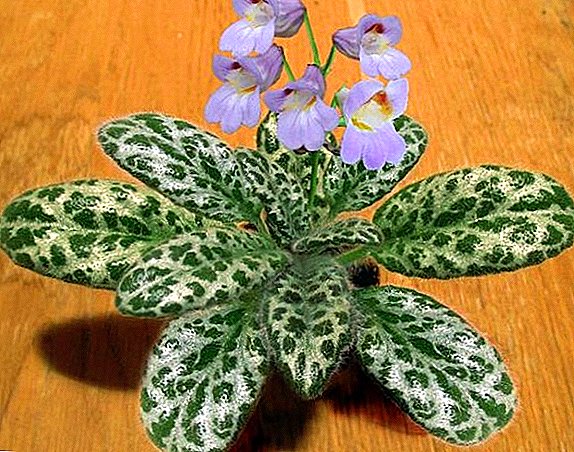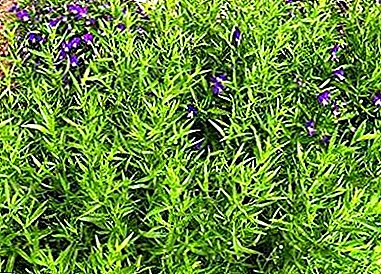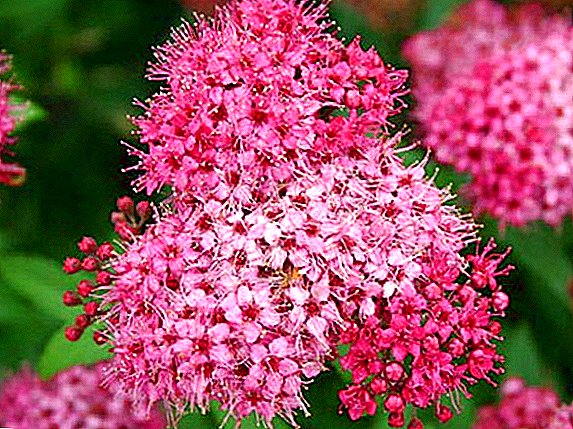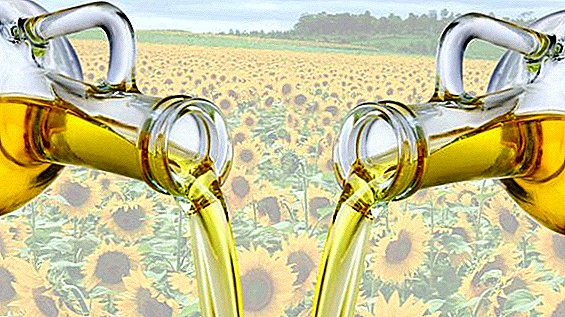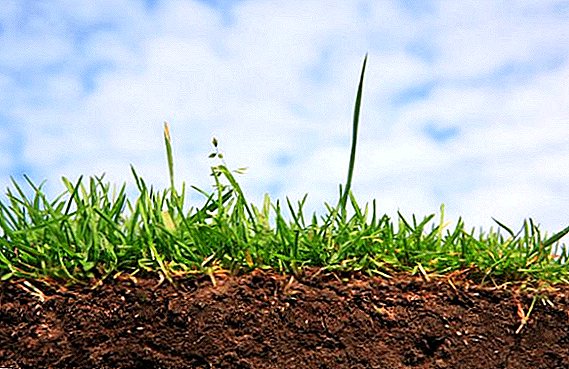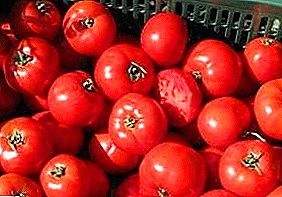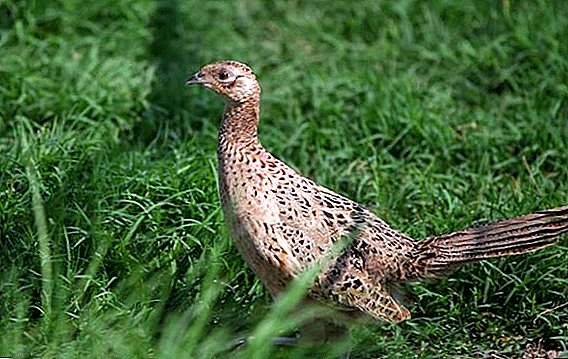 Pheasant females do not look as impressive as males, but they also have an attractive appearance and are able to interest avian fans.
Pheasant females do not look as impressive as males, but they also have an attractive appearance and are able to interest avian fans.
Read about the name of the females of these birds, their appearance and characteristics of the life cycle.
What is the name of the female pheasant
Females of pheasants do not have a special special name, but most often they are called chickens or hens. This name is used not in vain, because these birds belong to the order of the Curonidae and have a body resemblance to the chicken. 
Distinctive features and appearance of the female
In total, there are about 30 subspecies of pheasants in nature, which differ in color and some details of their appearance.
Important! Among chicks, the female can be distinguished from the male from the age of two months. In females, the shade of the eyes is darker than in males.
The male pheasant has a bright plumage and a long wedge-shaped tail, which makes it very noticeable, so its life is often in danger. The female is masked much better due to her color. The color of feathers on the body of females is brownish-ocher with light and dark spots.
Their tail is short, indistinguishable in color from other feathers. Thanks to such muted tones in coloring, the female pheasant can hide well among nature with the babies.
The molt of heterosexual representatives of these birds runs at different times. In males, it begins when females hatch eggs, but in chickens a molt occurs when the chicks grow to a size smaller by a third than the size of an adult.
Find out what it looks like, what it eats and where an ordinary pheasant lives, a royal pheasant, an eared pheasant, a white eared pheasant.
The male's legs and beak are yellowish, and the female is gray. The periopulmonary region is of the same red color. The length of the female is less than the male: it is approximately 60 centimeters. Her weight is only 700 grams - two times less than that of males. 
Features of the bird life cycle
The life of domestic pheasants has significant differences from fellows in the wild.
Did you know? The pheasant is the national bird of Georgia.
In nature
It is not easy to see pheasants in the wild: they are shy and often hide, females are particularly well disguised. They live in thickets of grass, shrubs and plants, which are easy to hide. In their natural environment, they feed on berries, grains, worms and insects.
Birds keep very large flocks - there may be up to 150 individuals. When winter comes, females and males begin to keep separate groups that make up the males - up to a hundred persons, and up to 10 in the chickens.
To raise offspring, chickens themselves build nests covered with grass or shrubs, and if on the territory of all chickens they hatch eggs, the representative of the stronger sex ceases to protect it.
You will also be interested to know how high-calorie and how useful pheasant meat is, how to chop pheasant into fillets, and whether it is possible to eat pheasant eggs.
The female has one clutch per season, however, there are cases of repeated clutch when the initial was destroyed. Most clutches are done from late April to early June. The average incubation period is 23 days.  The described birds can be called long-livers - in the natural environment they usually live from 5 to 7 years, and in particularly favorable, deprived of danger conditions their life expectancy can be up to 15 years.
The described birds can be called long-livers - in the natural environment they usually live from 5 to 7 years, and in particularly favorable, deprived of danger conditions their life expectancy can be up to 15 years.
At home
In the domestic cultivation of these birds, they are placed in spacious open-air cages: 1 individual must have at least 1 square meter of territory. Creating conditions close to nature, shrubs or grass are planted in aviaries where birds can hide.
Did you know? According to legend, the breeding of pheasants was promoted by Jason, who brought these birds from the campaign for the Golden Fleece.The diet of birds is millet, corn, peas. They can also eat some food that the owners eat: vegetables, fruits, a small amount of meat or cottage cheese.
From February to September, in the poultry yard, farmers divide their livestock into small families, where up to four chickens fall per male. This separation is necessary to prevent clarification of relationships and fights between males, to which they are especially prone during this period.
Adult chickens carry about 100 eggs per year. The breeding season in captivity begins in February and lasts until the end of June. Masonry hatch in a cozy dark place. The incubation period is from 23 to 26 days.
Important! Pheasant chicks begin to flutter on the third day of life, which must be taken into account when breeding them.
At home, birds are deprived of many dangers and stress, waiting for them in the wild, so their lifespan can reach 18 years. 
Interesting facts about pheasants
Talking about pheasants, it is impossible not to recall some interesting facts about them:
- These birds can sing. Creek pheasant can be compared with the singing of a rooster. The cries of females can be heard very rarely, their voice is more like a squeak.
- The favorite dish of pheasants is the Colorado beetles, often these creeks of birds are farmers with potato fields.
- Pheasants are fearful - any excess movement can cause their excitement and stress. They may be so worried that it may impair their health and reproductive functions.
Find out how it is possible to breed pheasants for meat, how a pheasant farm should look like, how to make yourself an enclosure for pheasants, and also find out what diseases of pheasants exist and methods of their treatment.
The female pheasants, like the males, without understatement can be called beautiful and unusual birds, which have their own unique character and habits. And to breed these birds or watch them in the wild conditions - will be left to your discretion.


